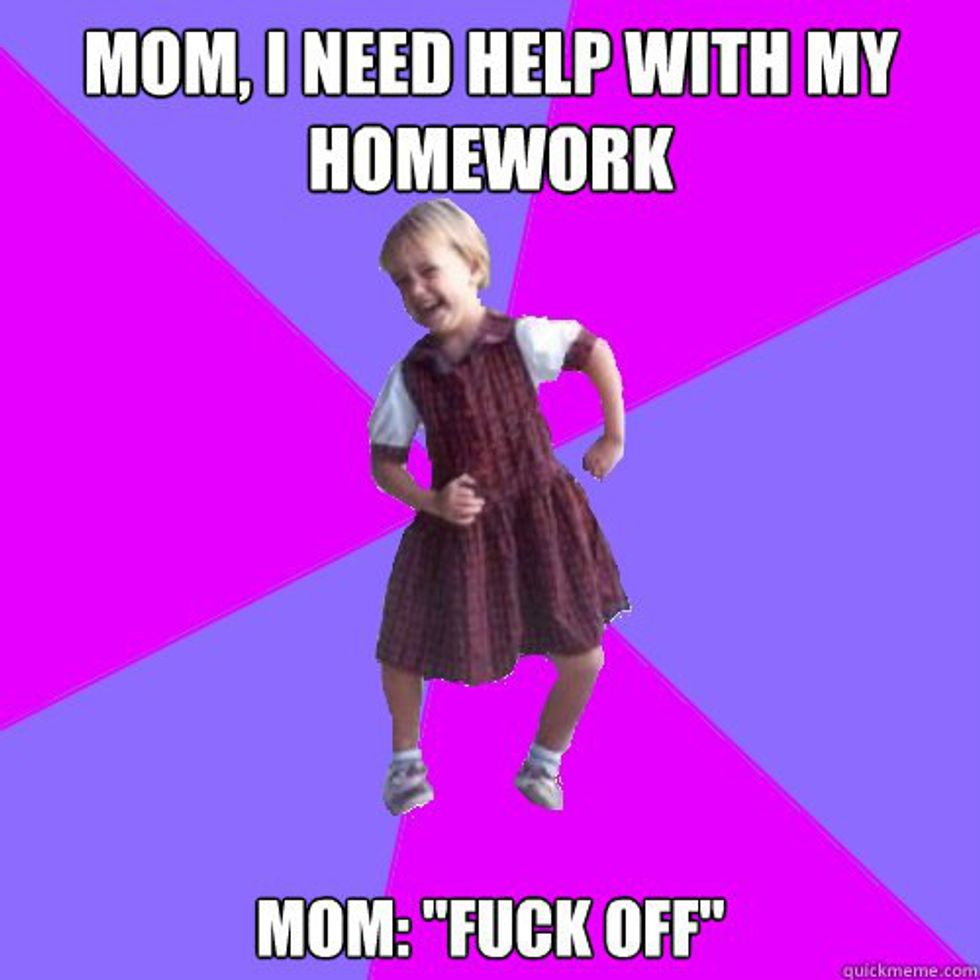Major League Baseball, often referred to as America's pastime, doesn't struggle to turn a profit. With a revenue of more than $8 billion last year, money making isn't a problem for the league-wide office. Consistent attendance at games however, is quickly becoming a growing cause of concern.
In the NFL, NBA and NHL, a game clock is utilized to keep game time at a restricted number. In any of those sports, whether the score is 28-3, 108-51 or 7-2, the game time does not increase nor decrease (unless there is overtime, which most fans often want to see as it means the game has been consistently competitive or there was a great comeback at the end of regulation). In a study done by Virginia University's Sports Analysis department, it was proven that a football game between two teams averaging four or more collective touchdowns was 15% more likely to sell out than a game hosting two teams combining for three or less touchdowns a game. Even without this study, it is widely common knowledge to most people with any involvement in sports that offense sells tickets. "People prefer watching guys hit five home runs than making a great defensive play in the field," legendary Los Angeles Dodgers broadcaster Vin Scully once remarked. For sports with a set game clock, more offense doesn't increase or decrease the time of the game- it just gets more people to come to see the players play. That's why the NFL has implemented numerous rule changes to assure offensive production; rules such as the roughing the quarterback penalty, defensive pass interference which places the football at the spot of the foul, making deep passes much more attractive and more. The problem for baseball is that more offense leads to longer games- and, in a sport that is trying to keep up with the youngest generation of fans, keeping fans interested throughout the whole game is imperative.
New MLB commissioner Rob Manfred, who is replacing long time commissioner Bud Selig, has made one of his primary goals to shorten the length of baseball games, while not sacrificing offense. To do this, he has implemented a two minute break clock in between innings and is considering adding a 20 second pitch clock in between pitches to limit the down time in each game. "Young fans have short attention spans when it comes to breaks. Our goal is to keep them interested by shortening games while providing more action-packed offensive innings," he said before the 2016 season. While offense is up in the league, at its highest runs per game since 2011 (the tail end of the steroid era), game time has increased increased by more than seven minutes from last year, after 2015 decreased the time per game from 2014 by nearly three and a half minutes. For winning teams and high scoring teams like the Cubs, Blue Jays, Red Sox, Nationals, Dodgers and Rangers, this increase has certainly not been a problem, as they all pace the MLB in tickets sold per home game this year. For other, more offensively inept teams like the Rays, Angels, Padres and Diamondbacks, the increase in offense has not helped them, as they all have posted very disappointing losing records, and have seen ticket sales drop from last year's totals. The problem for the MLB remains simple: how do they keep this offensive surge going, while assuring smaller market teams like the Athletics and Braves keep selling tickets?
Manfred's answer would be simple and concise: shorten game times. But in the MLB, the only of the four major North American sports without a timer, game times cannot be shortened if offenses are scoring more runs. While the idea to limit down time in between pitches and innings certainly seems to be headed in the right direction, it hasn't produced wanted results. While no idea would be certain to work, a few spring to mind that could absolutely get the ball rolling. One such proposal would be to limit the amount of relievers used per inning. In today's game, managers are constantly playing a game of chess, mixing and matching "specialist relievers" to exploit weaknesses of the opposing hitter. Limiting this number of pitching swaps would be an easy way to reduce a minute or two from each inning one is made, while offense would also get a boost because hitters would no longer be facing pitchers designed to get them out. Another idea is to skip the four pitches of the intentional walk. Instead of using a minute to lob balls to the catcher way outside, a pitcher can tell the umpire he is walking the hitter at the beginning of the at bat, eliminating the time spent throwing those pitches. In both these scenarios, game time would be decreased, while offense is helped or unaffected, which is the idea of what Manfred is trying to do. Of course, these ideas are not perfect, as leaving a tired pitcher on the mound may result in even more offense and even longer innings if a manager cannot utilize his relievers for their specific uses. While the NFL and NBA continue to break their ticket sales record year after year, the MLB must get back to appealing to both fans who love pitchers' duels and those who love nightly shootouts. The problem for the MLB is that solving their dilemma will be incredibly difficult because:
It's a Sports Paradox.



















